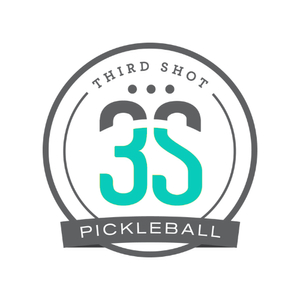Recently I published a YouTube video that I made while at a tournament in Arizona. I focussed on the technique that someone was using when hitting her backhand. It was unusual since she hit her backhand with two hands rather than the more customary single hand. In the video I noted how she prepared her body, where she made contact with the ball and what she did after she hit it. You can see the whole video for yourself, here.
While I often get comments (sometimes negative) on the videos I publish, the first one posted for this video didn’t mince words: “Sad to see the ex tennis players making videos about pickleball, you will not see one Men's 5.0 player using this shot, it is not a good choice for Pickleball”.
Ok. I appreciate brevity so I was happy that gotmilk at least got straight to the point. He (she?) is correct in noting that this is not a common shot with the 5.0 men, but does that mean it is “a bad choice”? Another commenter named toadsprocket wrote: “Tennis has many things usable in Pickleball, the 2 handed backhand is certainly not one of them”. Not useable? But this player was using it! That was the point of the video! And not only was she using it, she did so to pretty good effect (did I mention that the player is Christine McGrath and that she is a multiple-time national champion?).
A third viewer, named dinkster, jumped in and wrote “these are ex tennis players that have not put the time into their new found [sic] sport, they will lose the 2 hand just give them some time. I would not teach this at my clinics”. So there!
Everyone seemed to be in agreement that the two-handed backhand has no place in pickleball. But why not? What is “wrong” with hitting with two hands?
While it is undeniable that most players hit one-handed backhands and that it is not necessary (for most people) to use both arms to swing a lightweight paddle, that is not an argument that the two-handed backhand should be avoided. Arguments use reasons to support a claim.
Most people don’t spend their time writing pickleball articles but I do. Am I doing something wrong? Or just something different? Only gotmilk provided something approaching a reason for his/her position: “very slow especially at the net” but there was no further explanation added. It wasn’t clear what gotmilk thought was slow: the preparation? The speed McGrath generates when she hits the ball? Something else?
This leads to the bigger question: what counts as good technique? A question that we will try to answer next time. UPDATE: PART 2 IS AVAILABLE HERE.
